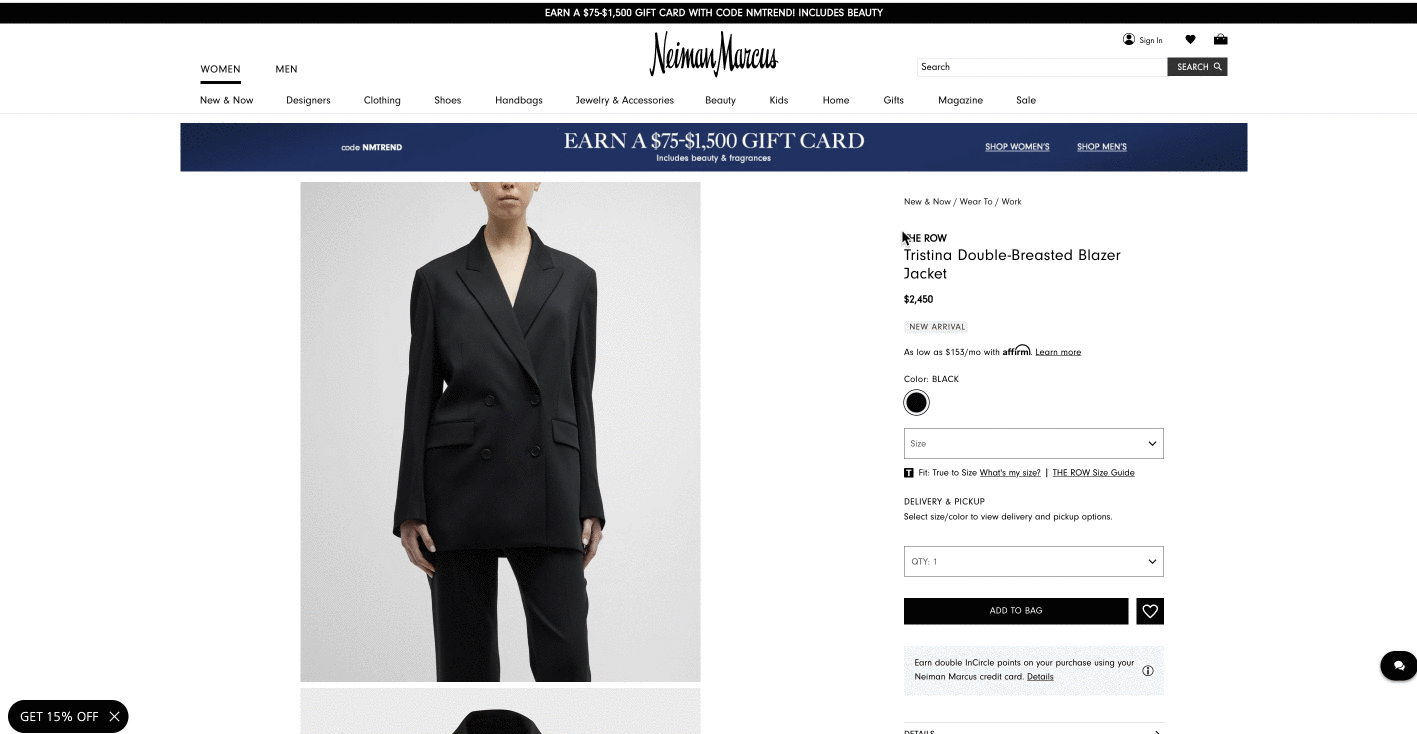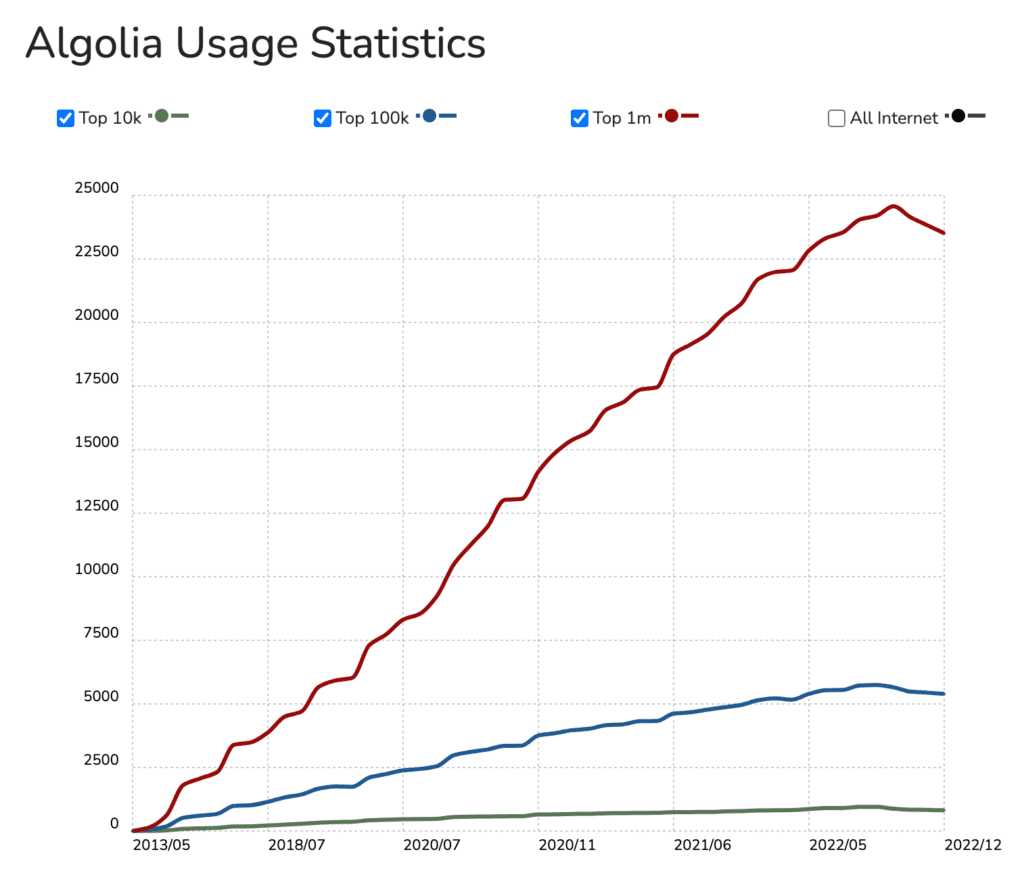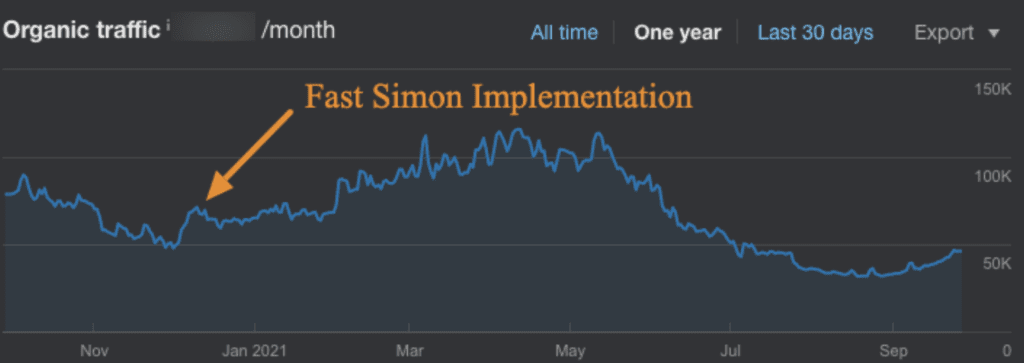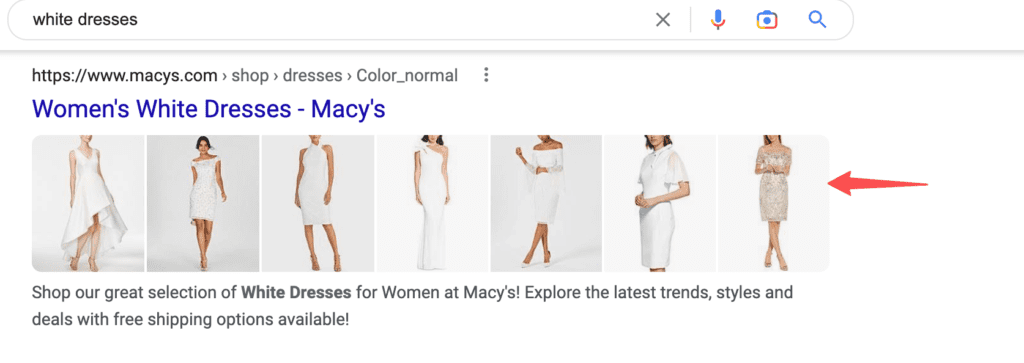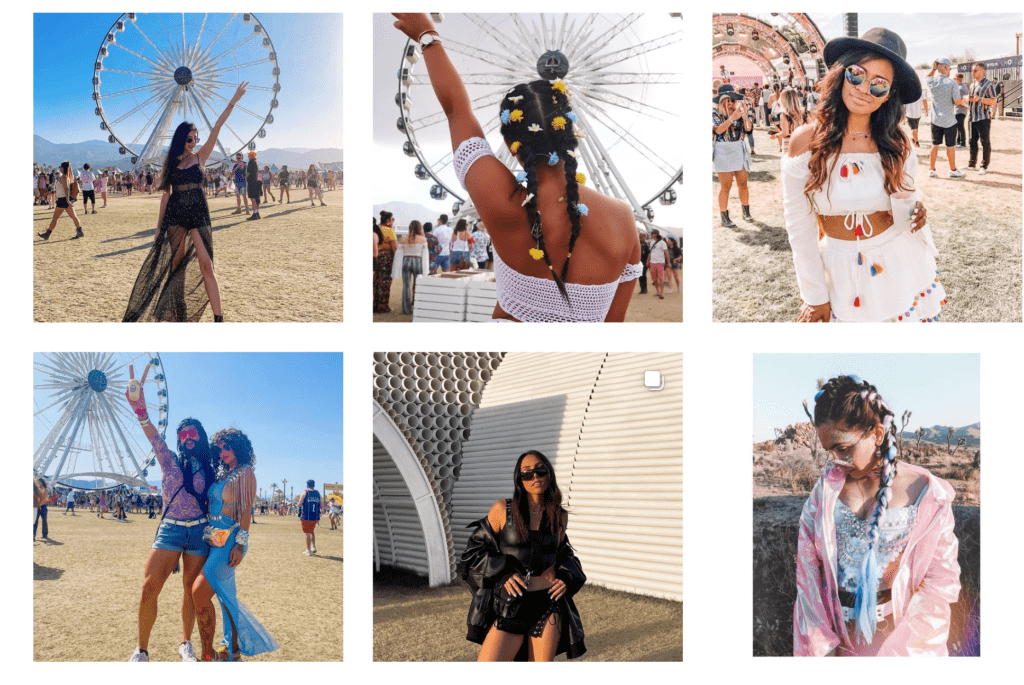Table of Contents
Why is search for fashion brands so challenging?
Social media platforms set changing user expectations of how they want to experience content. This is contrasted with the infrastructural complexities of a large eCommerce system. The result is that search marketing in this space becomes incredibly complex.
Related Content:
Over the years, we’ve worked with a large number of fashion brands at Go Fish Digital. What’s interesting about this space is the confluence between contextual and architectural skillsets that are required to really be successful within fashion.
I wanted to take time to write down some of the more interesting trends I see for the fashion space and what challenges might lie ahead.
How Can We Create Inspirational Experiences?
While working with a major luxury retailer team, I’ll never forget one of their SEOs mentioning that users in the fashion space are seeking inspiration, not just information. They’re looking to use the web to understand how a particular article of clothing will look when trying it on, how it can be used in their wardrobe and how others have used that item.
How do these shoes fit with a particular top?
What types of shirts will capture the vibe I’m going for?
Is there any way on earth I can pull off that look?
It’s sufficient to say that the traditional SEO advice of “use your keywords more times” or “find internal linking opportunities” doesn’t accomplish this goal.
We know that imagery is important for search but maybe that’s more true in the fashion space than any other industry out there. The question then becomes, “How can we help inspire our customers?”
Maybe it’s time to start testing more visual approaches to content and UX. For example, Nordstrom utilizes user-generated photos directly on their product pages. This showcases real people using their garments in different situations:
I wonder if they could even take it a step further and really highlight the section as a core element of the page instead of it getting buried further down the product page.
Niemen Marcus also has an interesting approach. Instead of using a traditional carousel, they have all product images within the visible content. Users are required to scroll through these to get to the information further down the page.
There are some pros and cons to this approach but it’s a really interesting example that illustrates an inspiration-driven UX for retailers. It forces users to browse through more product imagery, encouraging product inspiration.
I’d love to see more testing and data in the fashion space around connecting the concept of inspiration to SEO.
Are there ways to test category/product pages to mirror an experience someone might have on Instagram/TikTok? Do these types of UX changes have long-term search benefits?
Search Vs. Merchandising Platforms
It’s not enough to understand search from a content perspective in retail. A strong technical foundation is now mandatory.
One of the reasons is the rise of merchandising platforms that we’re seeing in the industry.
Seemingly more and more clients we work with are starting to adopt merchandising platforms. These platforms are attractive to enterprise fashion retailers. They have robust personalization and merchandising features that easily allow product teams to manage online inventories.
For instance, here we can observe the growth of Algolia over the past ten years. While it appears to be leveling off some, we can’t ignore the increased adoption rates that have taken place.
The problem with these merchandising platforms is that they often come with tradeoffs from an SEO perspective. Rendering products through JavaScript causes unreliable crawling and slower load times and worsened Core Web Vitals performance such as CLS.
We’ve previously worked with other retailers, and we’ve seen noticeable organic traffic declines after sites have implemented these technologies.
For other retailers, we believe these technologies have prevented rich features from showing directly in the SERPs. In one case, a client’s product thumbnails were not able to appear until we implemented structured data to markup category pages. Macy’s was not the site we worked with but the image below illustrates the feature that was missing from the client’s SERPs:
On the other side of things, we’ve seen sites like Lulus.com that have focused on incredible performance and minimal third-party solutions have really excelled:
Of course, I’m extremely hesitant to point to one strength and exclaim that this is the reason they perform well. However, maybe it opens up the conversation for fashion retailers. By not “shooting themselves in the foot” and creating unnecessary hurdles for both Google and users, they’re able to get a leg up on the competition.
The question then becomes: Are there other retailers that are willing to take a similar leap of faith?
Integrating Social Research Into Workflows
Google isn’t where fashion trends are born. That crown belongs to social platforms like Instagram and TikTok. The biggest weakness of a search engine is that the crawling/indexing system can’t move fast enough to surface trending content at the rate users would expect. Social media can deliver on that promise.
That means that by only limiting the scope of content research to traditional SEO tools and the Keyword Planner you’re only seeing part of the picture. Ignoring social platforms will leave huge blindspots in your strategy and leave opportunities on the table for prospective searchers.
For example, we worked with one fast-fashion retailer to identify an opportunity to do more with their digital marketing around Coachella. This festival happens around mid-April and is a great match for their target audience. Naturally, we see a lot of content around this topic in the social space.
This presents an opportunity to do more about this topic. Adjusting home page design, and navigation and creating new landing pages to target core consumer groups. However, this opportunity might have been missed if we just relied on traditional research tools.
Is this a skill that all marketers in the fashion space need to adopt? In addition to understanding contextual and technical components, do they need to be great social listeners? Also, what techniques and tactics are marketers using to integrate the social landscape into core elements of SEO and UX.
Adaptations To A Fast-Changing Landscape
If you’ve been working in the search industry for any period ot time, you’ve probably noticed substantial changes to the landscape for fashion retailers. There’s probably not a single industry where the search results are changing faster. In the past few years, Google has been making very aggressive changes to the way they present eCommerce results.
In 2020, Google rolled out Popular Products. In 2021, they enhanced how many product thumbnails they were showing. Last year it was expanding pricing details. The list goes on and on.
This makes sense when you think about Google’s competitors from a holistic perspective. In Faisal Masud’s article “The Last E-Commerce Duel Between Amazon and Google” he analyzes the market threat Amazon poses to Google and how historically the search giant has seen declining market share for product search results. He even notes direct comments from Google executive Eric Schmidt on the competitive landscape Google faces:
“Many people think our main competition is Bing or Yahoo. But, really, our biggest search competitor is Amazon. People don’t think of Amazon as search, but if you are looking for something to buy, you are more often than not looking for it on Amazon. They are obviously more focused on the commerce side of the equation, but, at their roots, they are answering users’ questions and searches, just as we are.”
One dilemma Google faces is algorithmically detecting search intent. If over time, Google finds that users who search for “dresses” are merely browsing between options, it adjusts the search results to show more informational content. This can result in users getting inconsistent product/informational results from query to query. These new features may act as a safeguard for Google to always show results with commercially-driven content.
I don’t believe things are changing for fashion retailers anytime soon. Google will continue to aggressively push new search features into retailer results. So far, we’ve been focusing on these five elements to put retailers in the best position possible as Google rolls out new features for fashion:
- Imagery
- Structured data
- Changing intents
- Product data feeds
- Reviews
These core elements will be pivotal to fashion brands in the next five years. I believe Google will heavily leverage these aspects of sites as they continue to build out more robust search features and drive users towards more commercial results.
Search News Straight To Your Inbox
*Required
Join thousands of marketers to get the best search news in under 5 minutes. Get resources, tips and more with The Splash newsletter:

